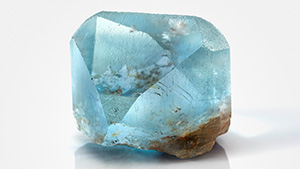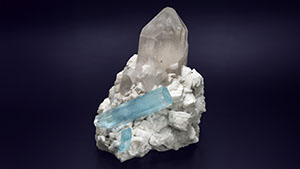featured
Research & News
This Month's



The Latest in Field Gemology from Wim Vertriest
Learn the latest on Madagascar sapphires and demantoid garnets from Wim Vertriest, GIA Manager of Field Gemology.

Topaz from Mason County, Texas
A comprehensive look at Texas topaz, detailing its gemological and compositional characteristics and providing a basis for using trace element concentrations to identify its origin.

Treated HPHT Laboratory-Grown Diamond with Dramatic Color Zoning
A Fancy Deep brownish orange treated HPHT-grown diamond exhibits multiple defect concentrations in various growth sectors.

Hollandite in Amethyst
A spectacular display of hollandite crystals is captured within an amethyst cabochon.

Gems Recovered from Sedimentary Rocks
Explores the formation of sedimentary rocks, gems found and formed in sedimentary environments, and the alluvial mining of these gems.

Micro-Features of Beryl
Provides a visual guide to the internal features of different varieties of beryl.

Pyritized Triceratops Fossils from South Dakota
A newfound dinosaur site in the Hell Creek Formation of South Dakota leads to the discovery of pyritized triceratops fossils.








